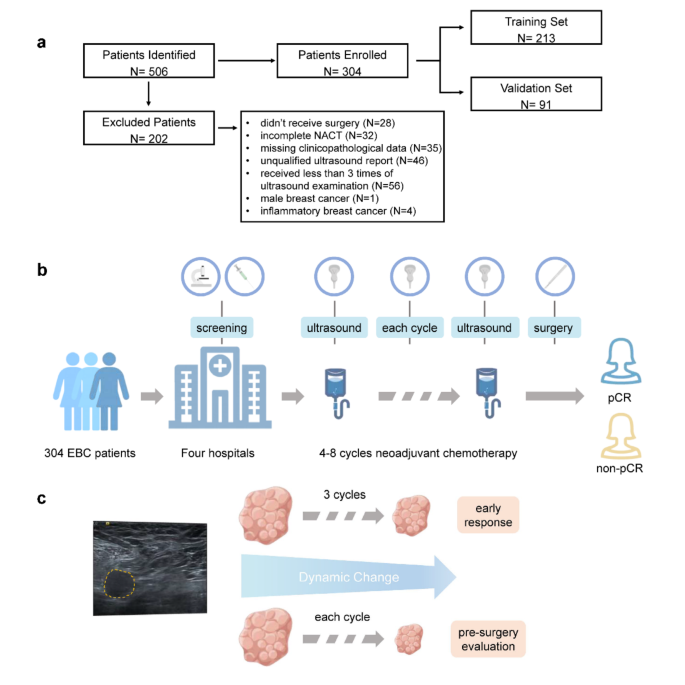
- Select a language for the TTS:
- UK English Female
- UK English Male
- US English Female
- US English Male
- Australian Female
- Australian Male
- Language selected: (auto detect) - EN
Play all audios:
COLUMBIA, South Carolina -- Age-related Macular Degeneration/Low Vision Awareness Month is observed annually throughout February. It’s an awareness month targeted at spreading more
information about AMD and diseases affecting the eyes that could lead to visual impairment. For nearly 80 years, the VA has supported veterans with low-vision or blindness. Today, the VA’s
Office of Blind Rehabilitation estimates that about 130,000 veterans are legally blind and another million have vision impairments that interfere with their daily lives. Putting out the
right information about AMD and low vision is important to promote early detection and cancel out whatever false beliefs may circulate about both illnesses. AMD affects approximately 15
million people in the U.S. It is an illness that is the leading cause of low vision in Americans older than 50 years of age. The part of the eye affected by this disease is the macula, a
pigmented, oval-shaped part of the retina. About 5 mm in diameter, it is responsible for the central vision required for driving, reading, and fine detail. Containing a high number of
photoreceptor cells that detect light, it is also responsible for high-resolution vision. AMD is a progressive disease that causes retinal cells to slowly die, though it causes no physical
pain. To meet the needs of all Veterans with vision impairment, the VA established 13 Blind Rehabilitation Centers as well as 22 intermediate and advanced low-vision clinics and 23 advanced
ambulatory low-vision clinics as well as the Visual Impairment Center to Optimize Remaining Sight (VICTORS) program. In addition, the VA and DoD jointly operate the Vision Center of
Excellence and the Vision Impairment Services in Outpatient Rehabilitation (VISOR) program. “We treat a large AMD population, seeing 50-100 patients per week at the Columbia VA Health Care
System,” said Dr. Andrew Woldorf. “Every day we provide education regarding AMD prevention and treatment. Educational materials from the American Academy of Ophthalmology are available to
give to the patients.” Woldorf is the chief of ophthalmology at CVAHCS. Medical experts have been able to identify some risk factors that might lead to the onset of AMD, including high blood
pressure, high levels of blood cholesterol, obesity and smoking. Other risk factors that a person has no control over are age, heredity, race, and gender. Symptoms of the disease include
blurry vision, blind spots, straight lines appearing wavy, doorways seeming crooked, and objects appearing farther away or smaller. When any of these symptoms present themselves, the
concerned individual is advised to immediately visit an ophthalmologist. Though there is no cure for the disease, AMD never causes blindness, so it is possible for a patient to live normally
with the disease by adapting to the quality of vision they have. On the other hand, low vision is a visual impairment that cannot be corrected by surgery, glasses, contact lenses, or even
pharmaceuticals. Its symptoms are blurry vision, tunnel vision, or blind spots. Low vision does not lead to complete blindness and in fact, can be improved with the use of visual aids. “Low
vision can stem from a variety of causes that can be difficult and even impossible to control or prevent,” said Dr. Julieanne Roper. “I believe that one of the most important things that
patients can do is to ensure that they are being seen for comprehensive eye care on a routine basis. I also recommend following their eye care provider’s guidance for treatment and
management of their ocular conditions.” Roper is a staff optometrist and the Low Vision Clinic supervisor at CVAHCS. AMD is one of the common causes of low vision, alongside diabetes and
glaucoma. Though anyone can be affected by low vision, individuals 45 years and older face more risk. “We have 528 Veterans who are receiving blind and low vision services,” said Ronita
Bland, the vision impairment services coordinator at CVAHCS. “I usually see Veterans once they are already diagnosed. I do encourage them all to come in for regular appointments here or in
the community.” Age-related Macular Degeneration/Low Vision Awareness Month helps raise awareness about both illnesses. Those who have never heard of AMD or low vision will get to learn
about them, thanks to the awareness campaign. Early detection and treatment of both AMD and low vision slow the progression of the diseases. Not only do people get to learn about these
diseases, but they also learn how to support those affected by them. They learn what assistance they can offer to make life more comfortable. Get tested annually. Don’t wait until you’re
diagnosed.







